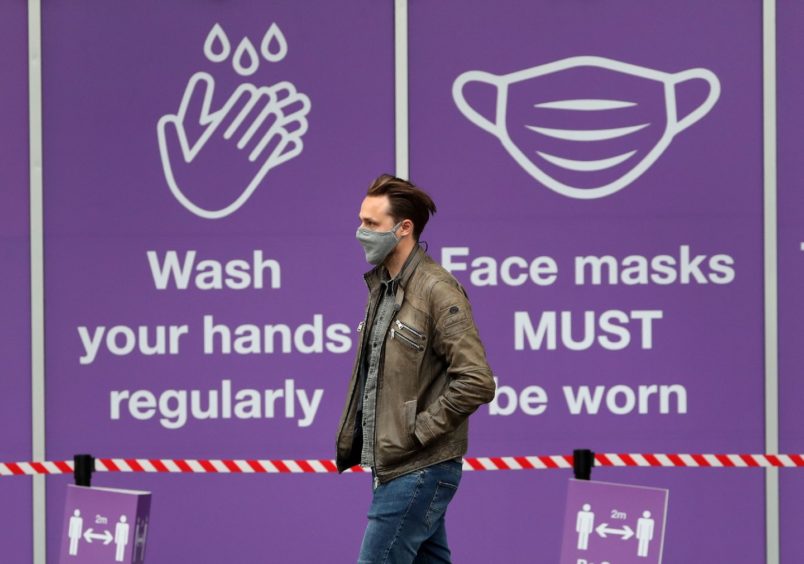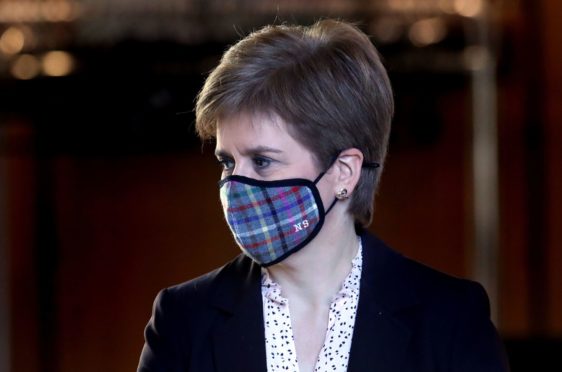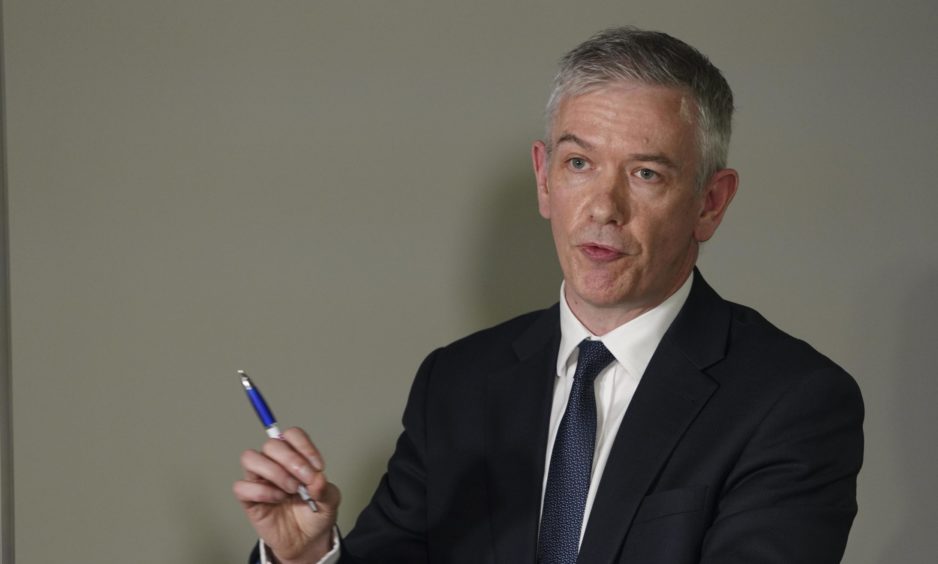Scotland is facing a return to pre-lockdown levels of coronavirus by the end of the month without strong action to stem transmission, according to a new report published by the government’s senior clinical advisers.
The evidence paper, from chief medical officer Gregor Smith, chief nursing officer Fiona McQueen and national clinical director Jason Leitch, summarises the range of evidence available for infection trends and likely impacts of policy interventions.
The number of cases in Scotland currently stands at around 13% of the peak in March but the report states that at the current rate of growth (7% per day), the number of infections will return to the same level by the end of October.
The advisers note the R number – or number of people each infected person passes the virus on to – is now “significantly above one” and could be as high as 1.7. This would equate to around 2,900 new infections a day.
Nicola Sturgeon said the single most effective step in driving down transmission so far was taken 12 days ago when meetings with other households was stopped, and she now wants to take a more “targeted” approach than in March.
But the first minister ruled out closing schools, colleges or universities, halting the remobilisation of the NHS or asking people to shield again at home – a decision she said would “bring into scope” new measures on hospitality.
The evidence for closing pubs and bars
The sector was closed almost entirely on March 23 when the first full lockdown came into force and transmission rate modelling shows the R number rose above one about three weeks after they reopened for the first time on July 15.
The paper states this rise “cannot be entirely attributed to hospitality” but suggests it is likely to have played a significant role.
The first minister has also indicated contact tracing interviews conducted as part of the Test and Protect programme show around 26% of those testing positive for Covid-19 since July reported “exposure” to pubs, restaurants or cafes.

But the evidence is not completely clear. The clinical advisers admit that unless there is a “clear and bounded outbreak” linked to a particular premises, it is often not possible to say exactly where someone picked up the virus.
The paper notes the difficulty in maintaining physical distancing in a pub or restaurant settings and that other factors, such as poor ventilation, noise and possible inebriation of customers, could make them ideal places for the virus to spread.
“For all of these reasons, significantly restricting licensed premises for 16 days temporarily removes one of the key opportunities the virus has to jump from household to household,” Ms Sturgeon said.
“It is an essential part of our efforts to get the R number significantly below one.”

